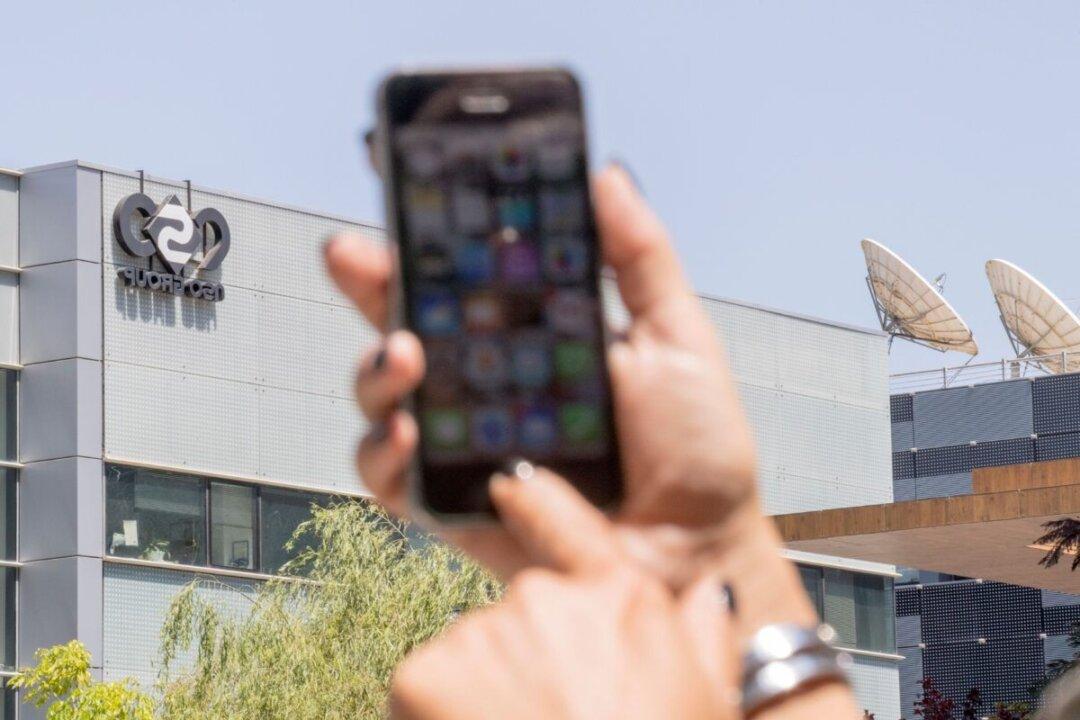Apple will permanently delete a photo album from iPhones in about two weeks and has stopped uploading pictures to it, the company confirmed.
My Photo Stream is an iCloud service that originally launched in 2011. What the service does is temporarily uploads photos taken on a device so they can be seen on another device with My Photo Stream enabled. It also allows users to import the pictures to that device.





